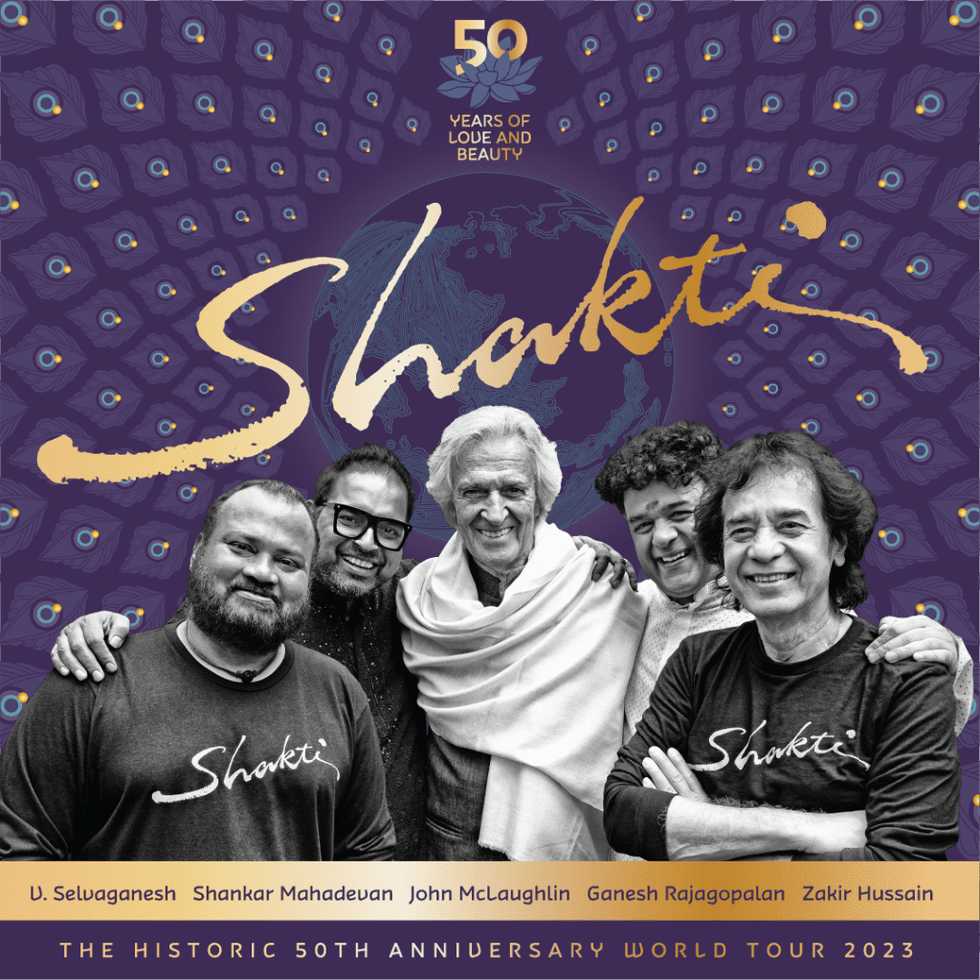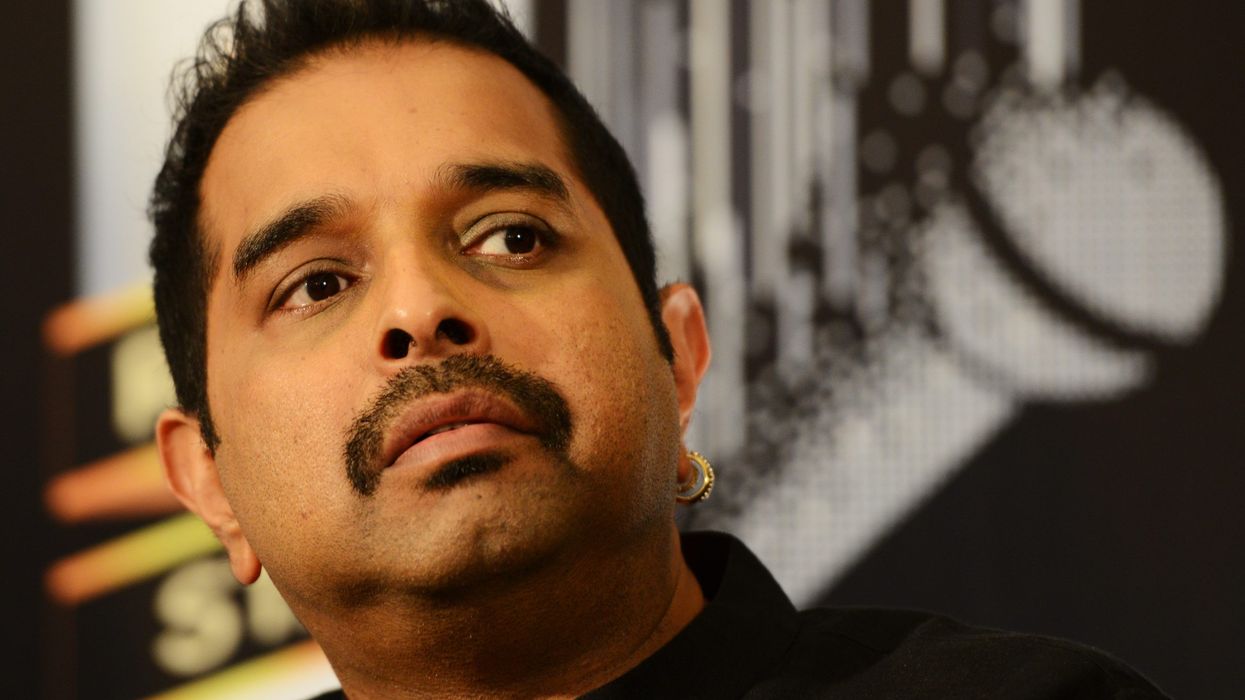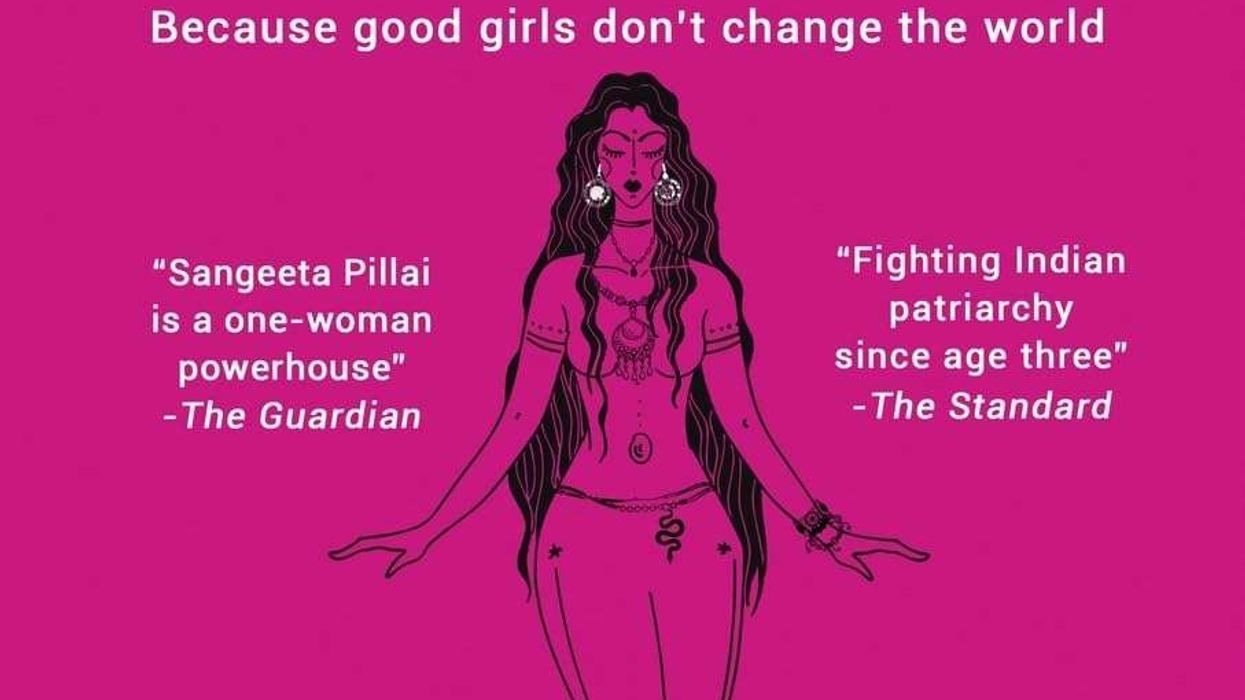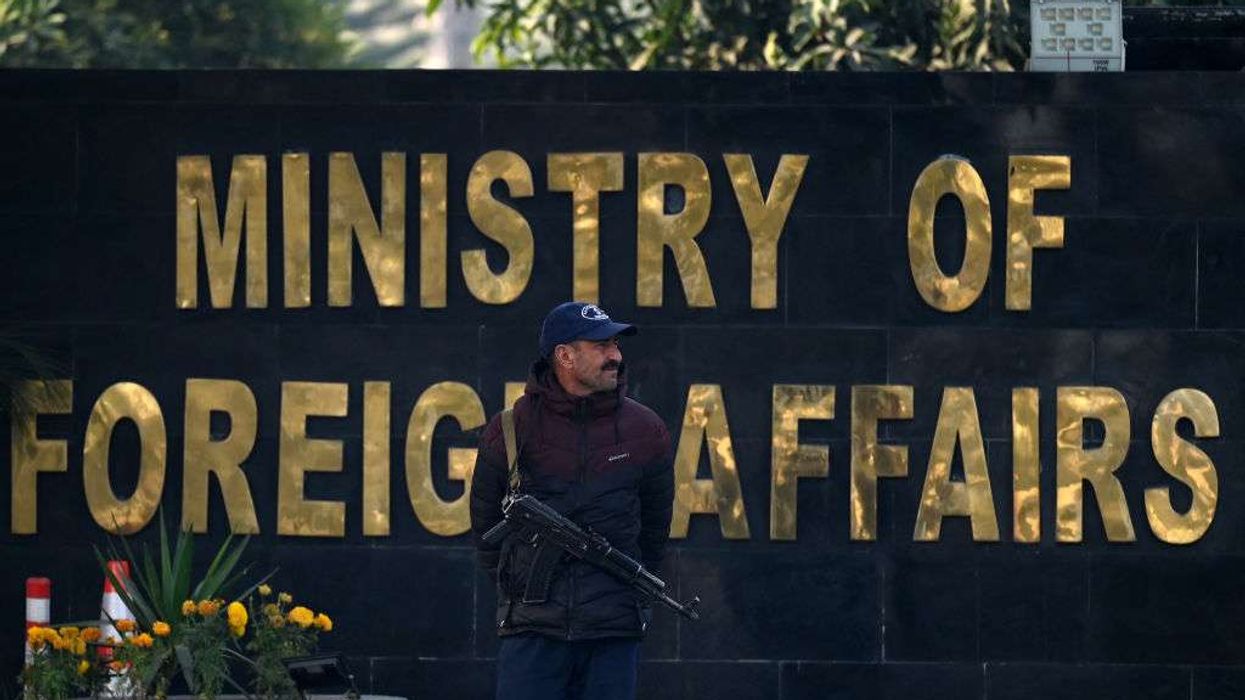IT IS no surprise that Shankar Mahadevan is satisfied with his magnificent journey, and is determined to do a lot more.
The master musician and versatile singer has a brilliant body of work, which has encompassed all the major genres, including classical, fusion, folk and big commercial film songs, in various languages. One of his biggest passion projects has been joining legendary band Shakti and delivering work that has helped redefine fusion music.
He will be performing with Shakti in two London shows as part of their world tour. He will take to the stage with fellow band members John McLaughlin, Zakir Hussain, Selvaganesh Vinayakram, and Ganesh Rajagopalan to present their finest work from across the decades.
Eastern Eye caught up with arguably the most versatile singer in India to discuss music, his time with Shakti, inspirations, powerful voice, secret to a great live performance and London shows.
Does the fact you are so versatile keep the music passion alive?
I don’t know whether I’m versatile, but I’m very interested in various genres of music, whether it’s Bollywood, classical, semi-classical, folk, fusion, world fusion, jazz music or others. I always feel like I’m a student. And I think that is what keeps the interest alive. Otherwise, if I would have been doing only one genre of music all my life, I guess I would have got bored by now.
What first connected you to Shakti?
Shakti has always been like an institution. When I was a school kid, I used to buy those cassettes and listen to the music of Shakti, and literaly study it, like a piece of work that needs research and better under - standing. The music of Shakti is responsible for making me a better mu - sician. It is like getting enlightened. I really feel that it is a very, very, important form of education for me, and that’s always been from my child - hood. Never did I ever imagine sitting with them on stage.
How would you explain your journey with Shakti?
This journey is probably one of the most important in my life. Where I’m on stage with, you know, Gods of music like John McLaughlin, Ustad Zakir Hussain, my dear friend U Shrinivas, whom I lost, who left this planet, Selvaganeshji (Vinayakram), and now Ganeshji (Rajagopalan). All the musicians have great depth, aesthetics, and musicality, and I get to sit with them. I think any musician in this country would love to be part of Shakti. I really feel I am one of those blessed people who got an opportunity.
How much are you looking forward to the London show and what can we expect from it?
You know, we’re always excited about performing in London because we know the crowd is so energetic, welcoming and loving. They pour out their energy onto us, which in turn makes us perform the way we do. So London is always special. The energy in London is something I always look forward to. Every concert that we’ve done here has been memorable.
Does your approach change as a live performer when you are with a collective like Shakti and when you are doing a Bollywood or solo show?
Yes, the approach completely changes. When I’m with Shakti, I’m a classical musician, who improvises, and has to take care of complex rhythm patterns, arrangements, nodes, scales, and time signatures. When it is Bollywood, it is more of a mass connection with audiences and interacting with them. It’s more a massy appeal and rendering a song with either high energy or soul. It’s like two different avatars.

How are you able to generate so much power in your voice on stage?
(Laughs) I don’t know how I’m able to generate so much power or anything like that. I never thought of it. I think it all depends on the piece of music I’m doing. If I’m doing a powerful song like from the film Lakshya, which is about our country, inspiring and patriotic, that needs a certain kind of power. But if you’re singing a very delicate song like Maa, which is soulful and emotional, you need a different kind of power. When you’re sitting with Shakti singing Giriraj Sudha or any other composition of theirs, that is a different kind of power and energy.
According to you, what is the secret of a great live performance?
The secret of a great live performance is good communication with the audience. I feel music is the highest form of communication and you need to reach out that energy to the audience. Sometimes many people perform for themselves, and that energy is never transmitted to the audience. When you transmit your energy to the audience, it reaches them and then you can make them laugh, cry, dance, get inspired and even make them behave like children, literally. So that is the power of music.
How do you feel being on stage with such world class musicians in Shakti?
Being on stage with such world class musicians is a matter of pride. It is a sense of achievement, and a dream coming true. I really feel that Shakti is the biggest blessing of my life.
Do the high expectations ever put pressure on you?
Well, I don’t know if high expectations put pressure, but you definitely need a little anxiety, or pressure before going on stage. You can’t be totally comfortable and need it. That is the adrenaline, energy, and hormones inside you, which get secreted, with that kind of anxious feeling, when you’re going on stage, and it is what makes you perform.

You are perhaps the most versatile singer, but is there a genre or style of music you love most?
Well, it’s very difficult for me to choose one genre of music, which is a favourite. I kind of get involved in that genre of music because I’m interested in it and love it. That’s why I kind of attempt it. But if I have to choose one genre of music, I think it’s Carnatic classical.
Why should we all come to the concerts in London?
I think you guys should come to the London concert because very rarely you get to see musicality of this calibre coming together. John McLaughlin is an artist who has performed with probably every major artist in the world and founded Shakti 50 years back. It’s a 50-year-old band. Very rarely do we get an opportunity to come face to face with musicians of this calibre. When you think of the world tabla, it’s full stop after Zakir Hussain. There are many great tabla players in the world, there’s no doubt about that, but what he has done to the instrument, nobody else has ever done and can ever do. So, these are the kinds of people who are coming together.
What inspires you?
My family inspires me. My wife and her love towards me inspire me a lot. Positive energy, good people, peace, and a joyful, clean mind inspire me. Great musicians and more inspire me. Yeah, many things inspire me.
Why do you love music?
I don’t love music. I think music is me. It’s just an extension of me. It’s like breathing, sleeping, eating. It’s a way of life for me. So, it’s not like I love music, I am music.
Shakti at Eventim Apollo, 45 Queen Caroline Street, London W6 9QH is on next Tuesday (27) and Wednesday (28). www.eventim apollo.com and www.shakti50.com.












